Nostalgia: Chichester's less appreciated architectural gem
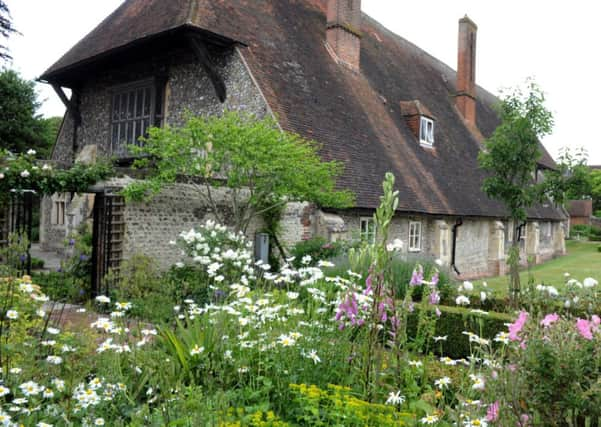

“Tucked away in a side street off the city centre, it has been on the same site for over 700 years,” Ken says. “During that time it has been continually used as a hospital accommodating those in need and holding daily worship at services in the chapel. It is still used today as an alms house, providing sheltered housing for the elderly.”
Although many residents of Chichester may have admired the hospital’s impressive roof from the Little London car park, few have actually been inside the building.
Advertisement
Hide AdAdvertisement
Hide AdTo raise greater awareness of the institution, the hospital’s trustees commissioned a new history to be published by the University of Chichester as the latest in the series of Otter Memorial Papers. Professor Paul Foster, who edits the Papers, asked Ken to rise to the challenge. The Dean of Chichester, the Very Rev Nicholas Frayling, will formally launch the publication at the hospital on Friday at 11am.
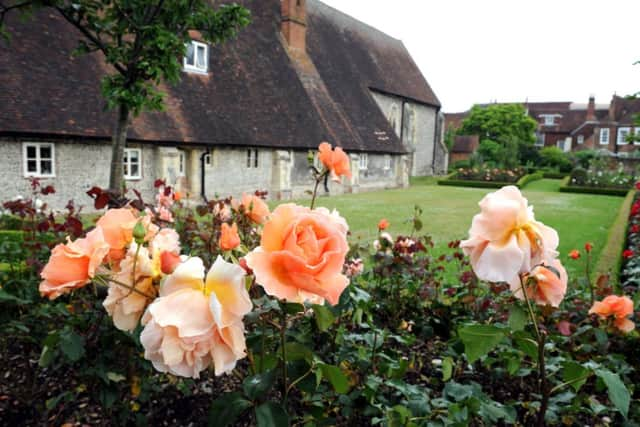

Ken said it was a project he enjoyed immensely: “It has been a privilege to be invited to write about such a remarkable Chichester institution as St Mary’s; although over the years I have visited the hospital many times, I had not appreciated the full extent of its place in the city’s history.’
“The hospital was originally founded in the 12th century on a site behind East Street, nearby to where the Cross is today, but it moved to its present site in about 1280 and the building that still exists today was started soon after.
“The hospital was richly endowed; in the early Middle Ages the church’s doctrine that an individual could shorten their stay in purgatory and the prospect of eternal punishment in hell, by doing good deeds, was widely accepted.
Advertisement
Hide AdAdvertisement
Hide Ad“A donation to an establishment catering for the needy was considered a sure guarantee for alleviating the suffering attached to one’s worldly sins.
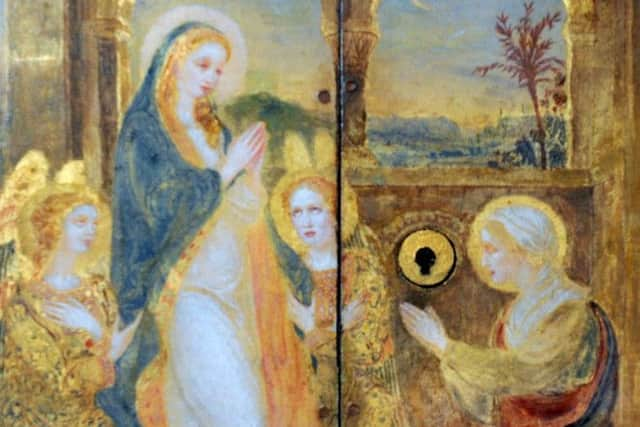

“To endow St Mary’s, with eight inmates praying for you daily, would be thought to be an excellent investment for your immortal soul.
“Preserved in the library of University College, Oxford, there are more than 80 documents appertaining to the hospital, including conveyances of properties endowed in the 13th century.”
One of the earliest of these endowments, from an unknown patron, donated: ‘To the Hospital founded in the City of Chichester to receive week and infirm people, of a faggot of eight squares of sticks, from the donor’s woods at Goodwood: to be delivered between Michaelmas and Christmas so as to warm the poor people who have been received into the said house.’
Advertisement
Hide AdAdvertisement
Hide AdThe hospital has survived many difficulties and threats over the years, including the dissolution of the monasteries and religious establishments by Henry VIII, the Civil War, after which Oliver Cromwell re-wrote the Hospitals Charter, giving its control to the mayor, and in 1723 when the dean, Thomas Sherlock, proposed converting the building into a church to serve the city.
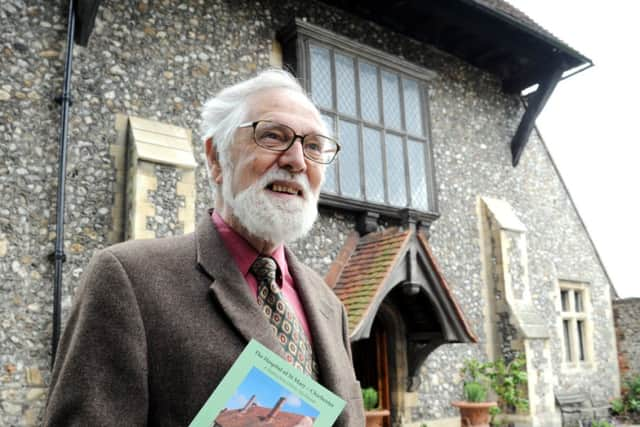

In February 1943 the building was severely damaged when Chichester was bombed during a wartime daylight raid.
“The hospital today is a Christian foundation providing a home for up to 38 residents in both the medieval hospital and in other buildings nearby,” Ken says.
“The residents are able to live independent lives, cared for and supported by the staff consisting of the Custos, the Warden, and the Bailiff.
Advertisement
Hide AdAdvertisement
Hide Ad“The duties of these officers remain much as they have traditionally been since the incorporation of St Mary’s as a charity in 1898.
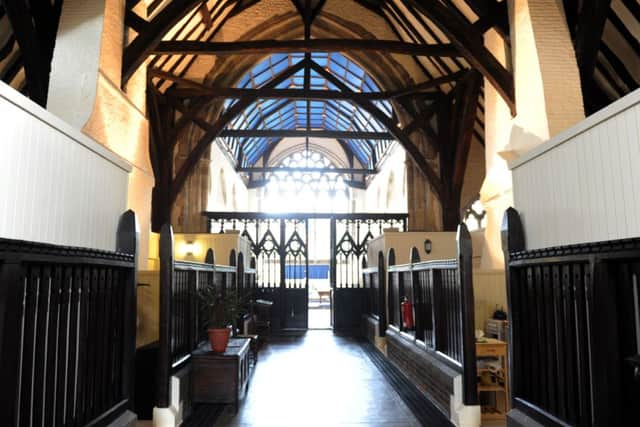

“The warden helps look after the welfare of and care for the residents and supervises the daily running of the almshouses, the bailiff is responsible for the maintenance of the premises, including supervising the cleaning, minor repairs, and overseeing contractors working in the hospital; he also performs these duties for the large number of tenanted properties owned by St Mary’s Trust.
“The custos, often an absentee administrator in earlier years, now lives on site, looking after the pastoral care of the residents and taking daily services in the chapel.
“The hospital trustees decide applications for admission to the almshouses.
Advertisement
Hide AdAdvertisement
Hide Ad“Priority is given to those applicants who live in the diocese of Chichester within a certain distance of the city of Chichester.”
The trust owns many properties in and around the city, some of which have been in the possession of St Mary’s since its earliest foundation, the rents from which are used to run and maintain the almshouses.”
Ken’s publication The Hospital of St Mary, Chichester – a history from 1229-2013; Otter Memorial Paper Number 34: ISBN 978-1-907852-22-0 is available at £10 from the University of Chichester (01243 816000); 112 pages, fully illustrated with many images in colour.